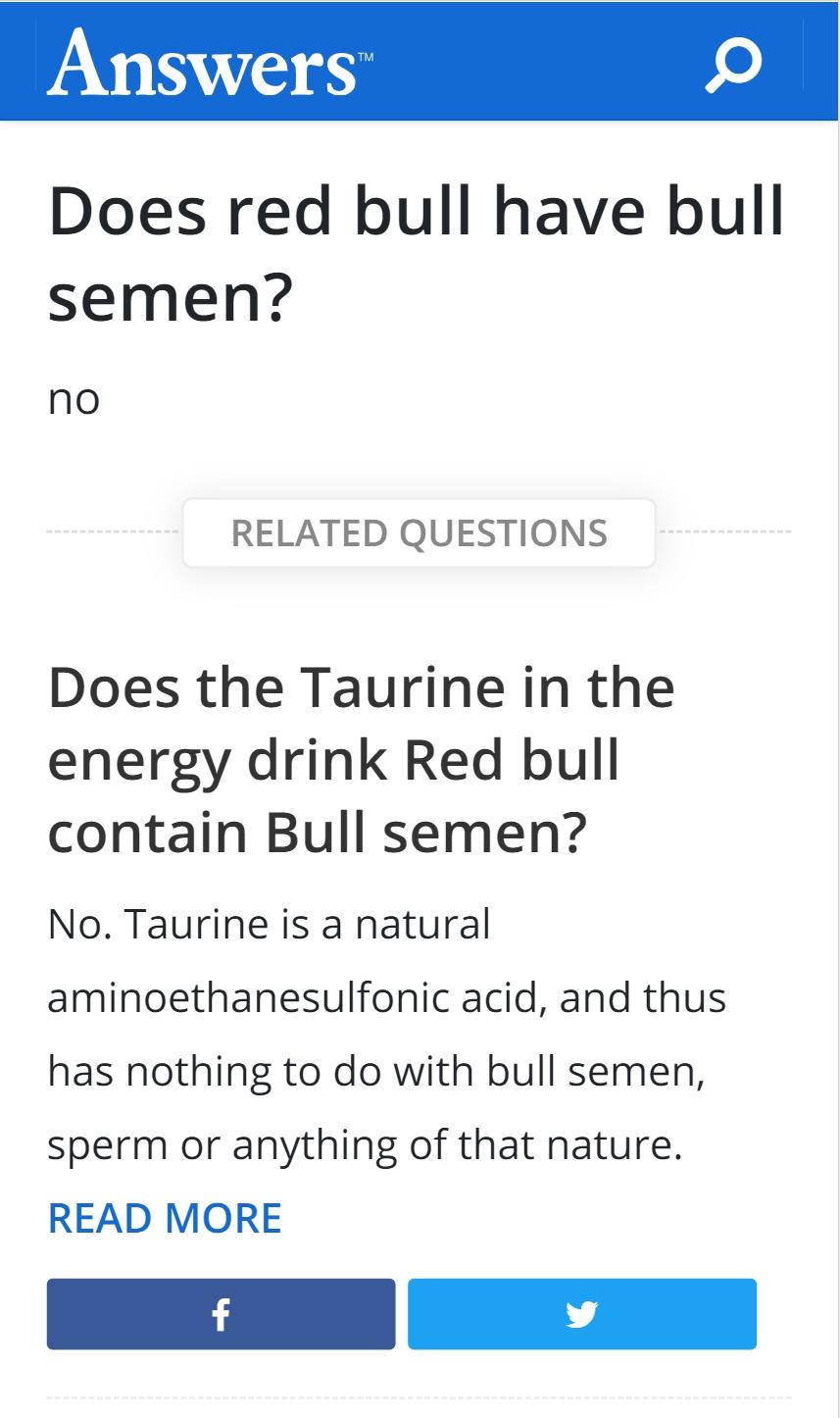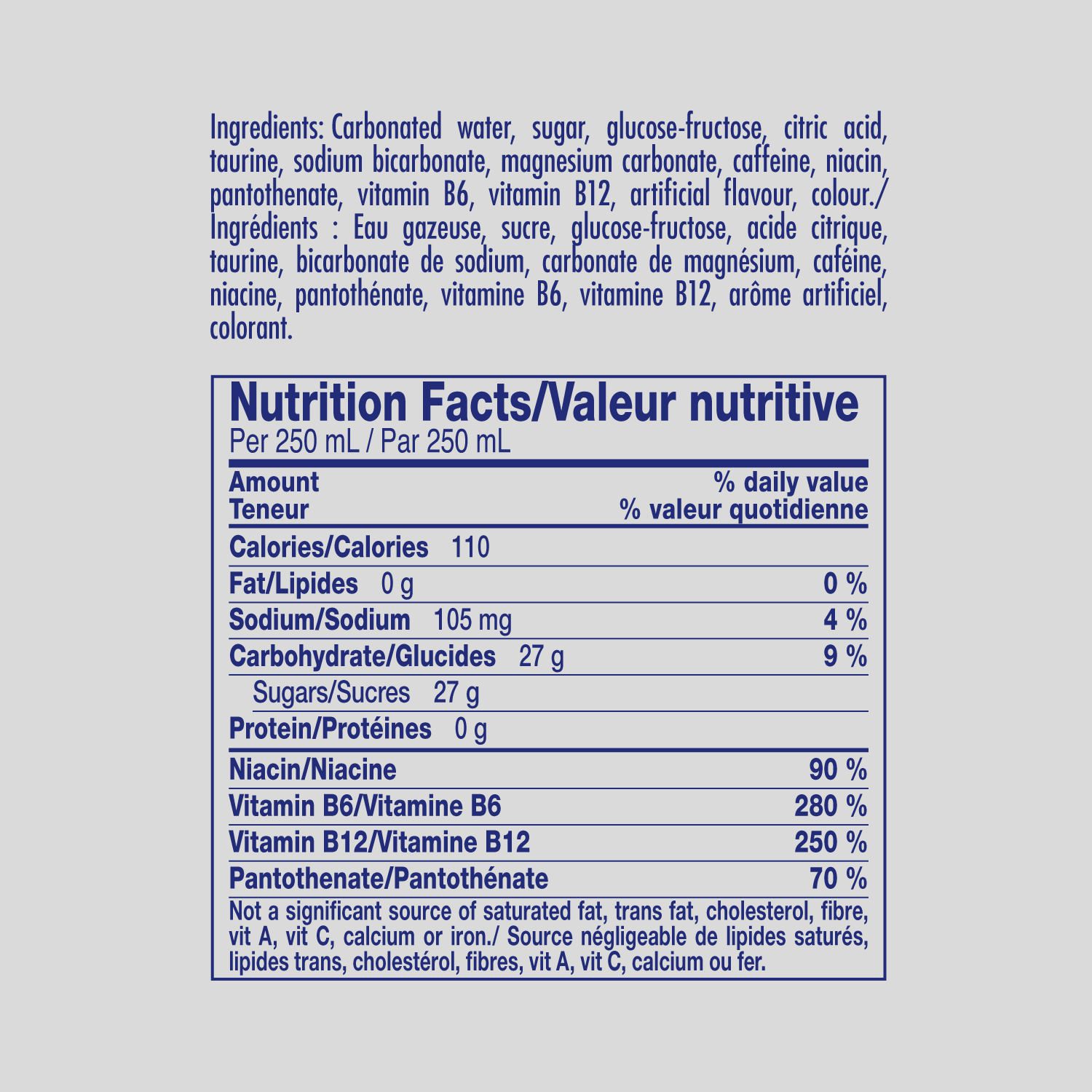
The combination of these different compounds allows your body to better use the natural nutrients over the synthetic ones. That’s because you consume a range of vitamins, minerals, co-factors, and enzymes when you eat real real food instead of single nutrients. Since the vitamins and taurine are lab-made, they are not absorbed in the same way as naturally occurring nutrients. Lab-made additions to traditional energy drinks include added sugars, artificial sugars, and massive amounts of B vitamins and taurine. Hemphill insists that the ingredients are very similar between these energy drinks and standard sugary sodas. These drinks are essentially standard colas that have been sold for decades and have now been rebranded with labels that promise energy, focus, and improved performance. Researchers like Gary Hemphill at the Beverage Marketing Corporation credit the boom of energy drinks with both people’s need for energy and very clever marketing. In 1997 Mateschiz introduced his baby to the United States, and the energy drink market as we know today was born. The combination of caffeine, taurine, and carbonation made Red Bull an overnight sensation.

Krating Daeng changed its name to Red Bull and took Europe by storm. He was simply amazed by the tonics’ effects and partnered with the producers of Krating Daeng in 1984 to bring the brand to global audiences. Enter Red BullĮnergy drinks got their huge international break when Austrian businessman Dietrich Mateschiz visited Bangkok and ‘discovered’ these energizing tonics. Wildly popular among Japanese executives in the 1980s, Krating Daeng and similar drinks gained ground in the Asian food market. Krating Daeng was introduced to the Japanese market in 1976 as an energy drink, with caffeine, taurine, and B-vitamins as its primary ingredients. The largest available bottles of Lipovitan contain up to 3,000 mg of taurine, as well as a warning label stating that people should not consume more than 100 mg of taurine a day. The drink’s main ingredient is taurine, which would eventually become an important ingredient in Red Bull. While Lipovitan sounds, looks, and smells like cough syrup, it was promoted as a drink to boost physical and mental functions.
#Ingredient in red bull taurine drivers#
The tonic was originally marketed towards truck drivers and factory workers who needed to stay awake for long shifts. In 1962, Taisho pharmaceuticals produced Lipovitan D, an herbal “energizing tonic” that was sold in minibar sized bottles. The modern energy drink was born in post World War II Japan. In this article, we explore how the modern energy drink as we know it has evolved through the years, from its humble beginnings in Japan to the explosive growth of Red Bull and Monster, and how natural, better-for-you drinks are gaining popularity today.

People have used innovative ways to stay energized for centuries.


 0 kommentar(er)
0 kommentar(er)
